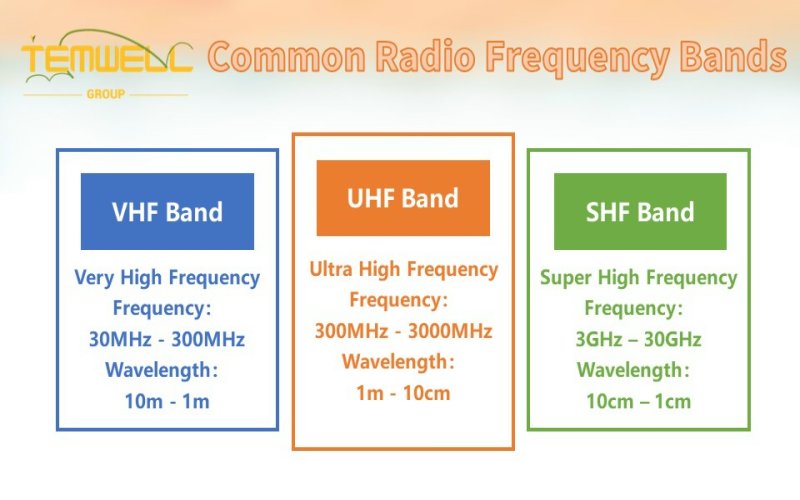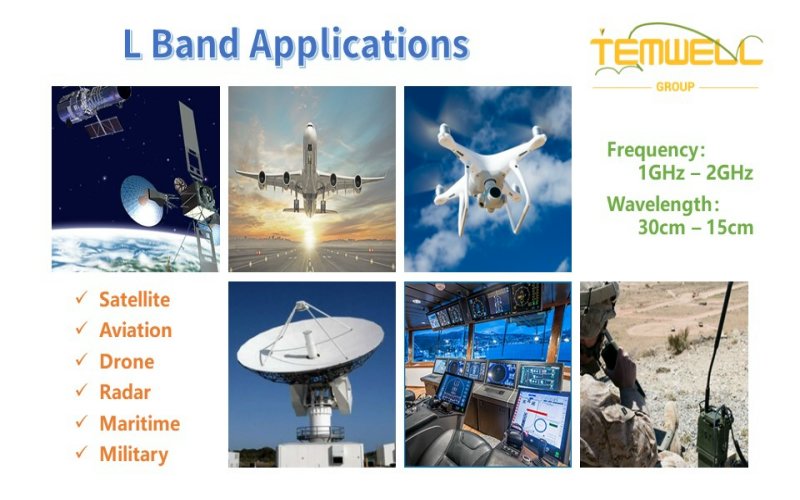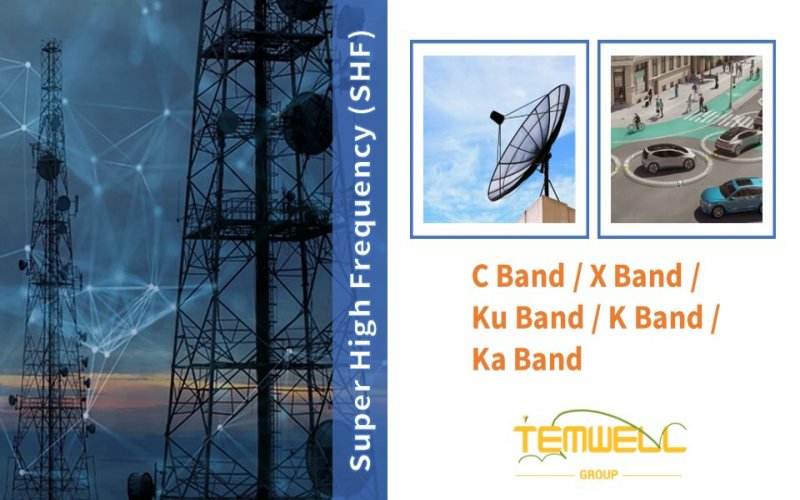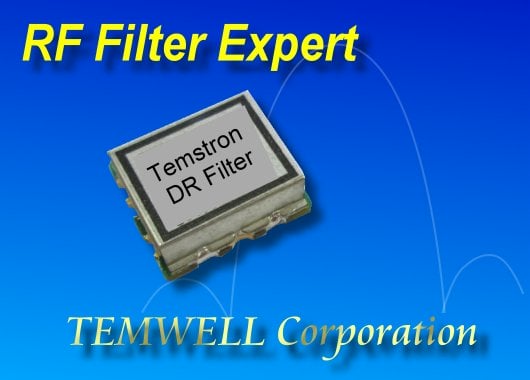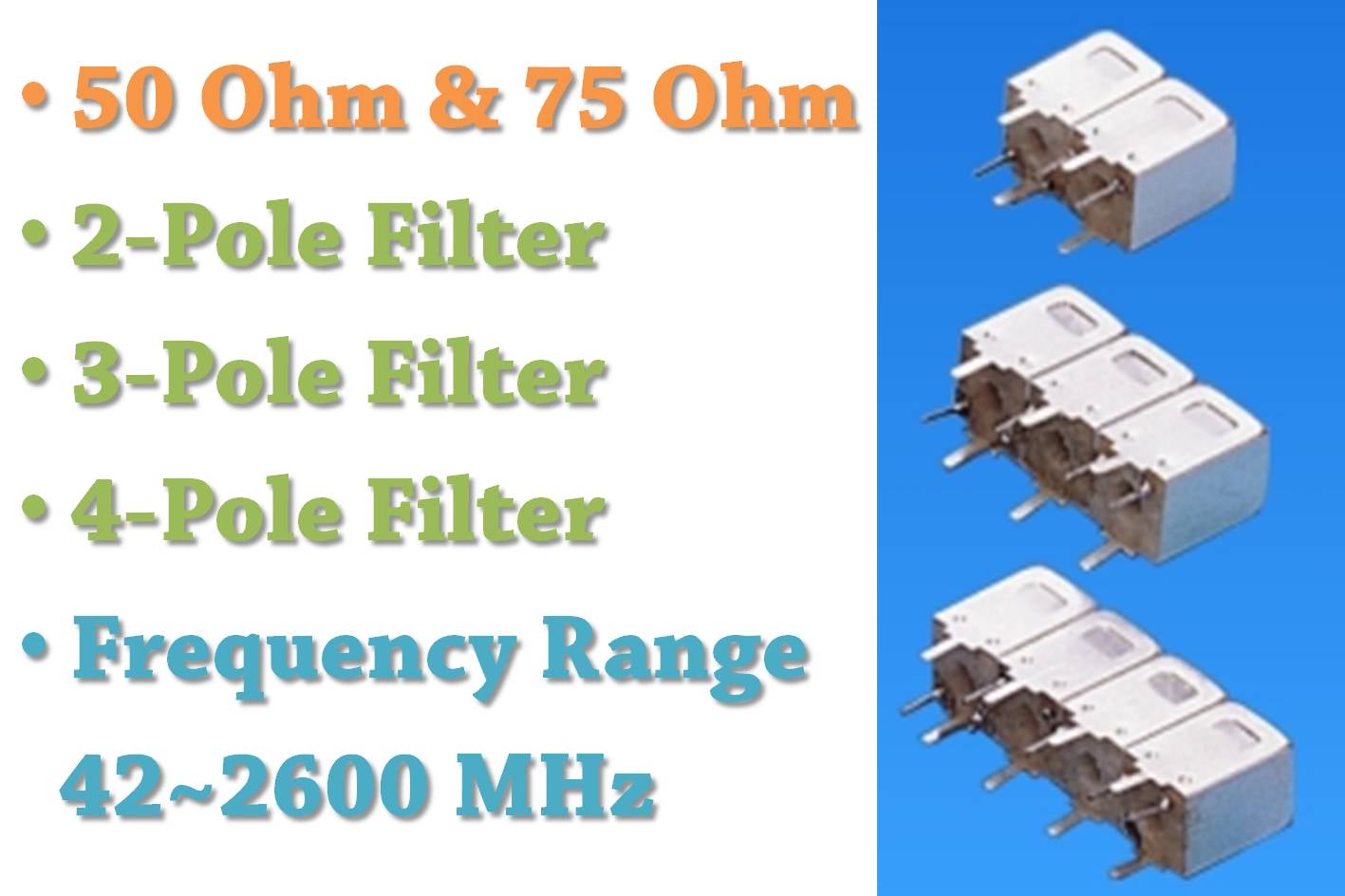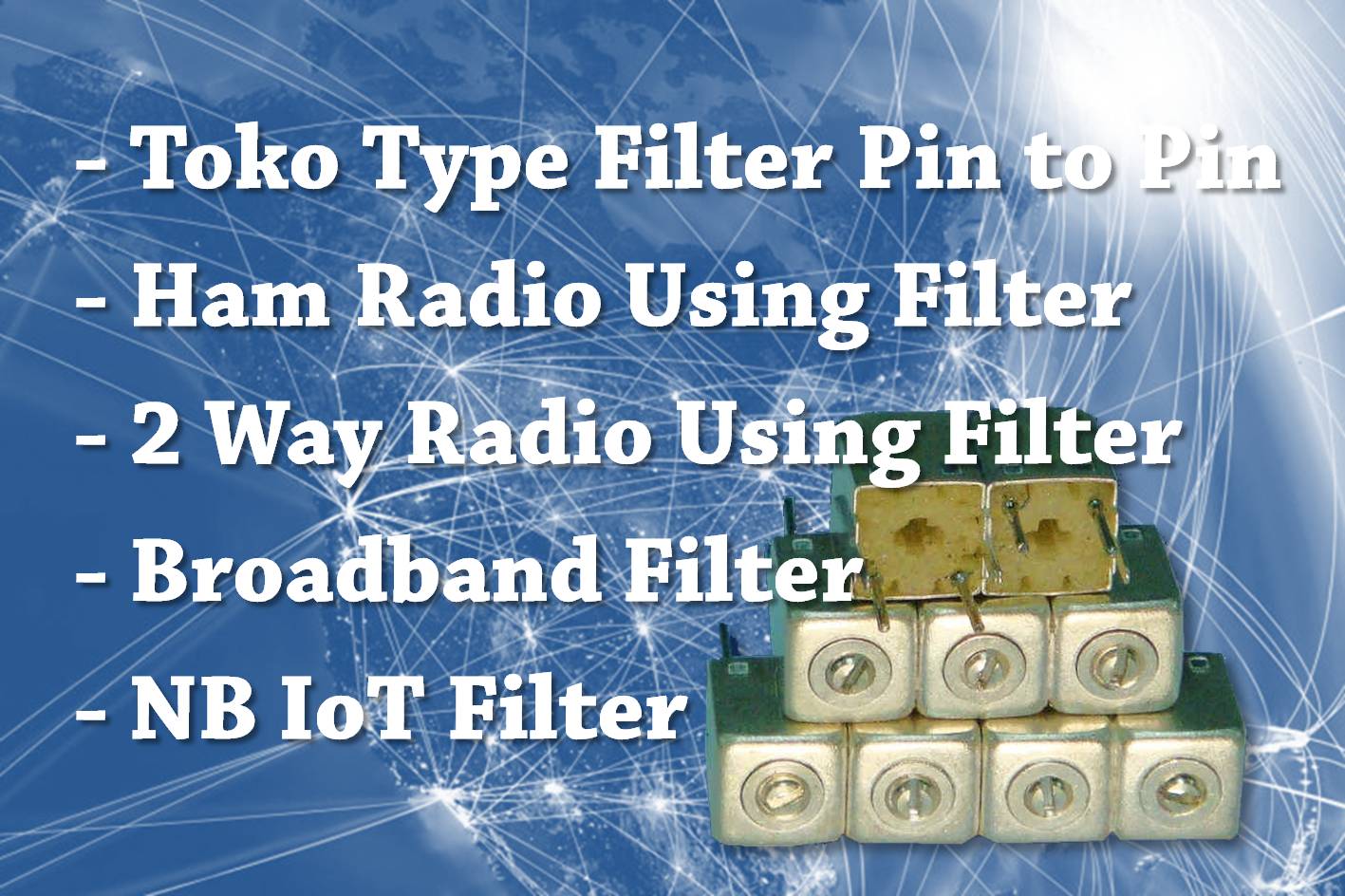RF communication band usage trends

RF wireless communications have evolved rapidly since the 3G protocol era. After the acceleration of 4G and now the advent of 5G, it has continuously promoted the technological revolution in the communications field. Various communications equipment and wireless technologies have taken off and grown rapidly, bringing RF wireless communications to every corner of the world, transforming into a world environment with more convenient living and rapid communication.
First launched in the early 2000s, 3G communications brought high-speed data transmission and multimedia support but were limited by relatively low data speeds and high latency. Subsequently, 4G communication technology emerged, mainly represented by LTE. 4G provides faster download and upload data speeds and reduces communication latency. It has promoted the popularity of smartphones and spawned various applications used on the move, such as high-definition video streaming, social media, and mobile games.
Now we have entered the age of 5G communication technology. The transformation of the entire communication generation has already occurred in real life, with ultra-high-speed download speeds, millisecond-level low latency, and more connectivity. Cutting-edge technologies and applications such as autonomous vehicles, smart cities, and virtual reality can be truly realized, demonstrating revolutionary innovations in fields such as industrial automation and healthcare.
Among various communication protocols (3G/4G/5G), the microwave frequency band plays a key role in wireless communications, and its use progresses mainly beginning from the VHF band (30MHz to 300MHz) and the UHF band (0.3–3 GHz). In order to meet more different purposes and diverse application requirements, it is gradually moving to the SHF band (3–30 GHz)to satisfy the growing demand for wireless communication frequency bands.
During a long period of time, VHF and UHF bands have been used as the main frequency bands of wireless communication because these bands have good penetration capabilities and propagation characteristics, including wireless broadcasting, VHF/UHF digital TV, wireless microphones and sound systems, police fire brigade rescue teams and other public Secure communications, regional wireless intercom communications, and people’s livelihood-related remote monitoring and data collection, etc. However, due to application development over the years, the VHF/UHF frequency band has been cut into many very small blocks. Furthermore, the limited bandwidth makes it difficult to meet the needs of the new generation of high-speed data transmission. Also, the frequency bands used are too close to each other, resulting in increasingly serious interference with each other.
Thus, as wireless communication technology becomes more mature and advanced, RF engineers extend the use of wireless bands to the SHF range. The SHF band (3–30 GHz) has a larger space for frequency band use. In other words, it can meet the demand for larger bandwidth and enable to provision of higher data transmission speeds. SHF band will be an ideal choice for high-speed data communication technologies such as 5G and future 6G. Common applications include satellite communications, radar systems, Fixed Wireless Access (FWA), wireless backhaul links (Backhaul), drone communications, etc.
As you see, the SHF band is widely adopted in various wireless communication applications to meet growing data demands and provide faster communication speeds. Even, with the continuous development of technology, the SHF band will continue to play a key role in promoting the evolution and development of wireless communications.
For RF engineers, UHF and SHF bands could be as following detail frequency bands:
UHF band: L band (frequency 1 – 2 GHz). and part of the S-band (frequency 2 – 4 GHz).
SHF band: Part of the S-band (frequency 2 – 4 GHz). C band (frequency 4 – 8 GHz). X band (frequency 8 – 12 GHz).
Currently, the main wireless communication applications are concentrated in the L band, usually between 1 and 2 GHz. L-band has important communication applications in many fields, especially in applications that require stable communication connections and long-distance communications. L-band continues to be widely used due to its signal penetration capabilities and reliability.
S-band is a mid-frequency wireless communication band, usually between 2 GHz and 4 GHz. It can provide a nearby wireless communication band with similar characteristics when the L-band frequency band is insufficient. In order to quickly meet more wireless communication needs, the frequency band used will be extended to S-band. Applications in S-band are mostly extensions and enhancements of L-band applications. Therefore, S-band plays an important role in various wireless communication applications.
Common applications in the L band are as follows:
Supports satellite communications (satellite TV, satellite internet, and satellite phone).
Remote sensing and earth observation (ground radar, weather radar, ocean monitoring, and other applications).
Drone communication (providing stable communication connection and data transmission).
Aeronautical communications (communication between aircraft and flight monitoring).
Marine communications (vessel communications, navigation safety fishery monitoring, and other applications, can resist seawater interference).
For the 5G generation and even the future 6G generation, the SHF band plays a very important and critical part. SHF band mainly includes the C band (frequency 4 – 8 GHz). X band (frequency 8 – 12 GHz). Ku band (frequency 12 – 18 GHz). K band (frequency 18 – 26.5 GHz). and Ka-band (frequency 26.5 – 40 GHz).
Using the wireless communication frequency band in the SHF band to develop communication equipment has the following advantages.
1. There is a wider bandwidth available to use:
There are more unused frequency bands in the SHF band, so there is greater flexibility to design and use a wide frequency band. Allow communication equipment to be designed into better performance specifications.
2. Low-latency communication:
SHF band is an extremely high-frequency band with a very short wavelength, which allows the signal transmission cycle to be short and data can be transmitted faster. In turn, the delay that occurs in ground propagation allows communication equipment to have better sensitivity and response speed.
In contrast, RF engineers will face more technical difficulties and challenges when developing products in SHFband. as follows
1. Poor signal penetration: The SHF band signal energy is small and has poor penetration. It is easily blocked by the atmosphere, rain, trees, buildings, etc., making the signal difficult to transmit. Requires support from high-power components.
2 Antenna design challenges: The antennas required in the SHF band require higher precision, because the wavelength is extremely short, and slight deviations will cause signal variation. A design that can provide high accuracy is required.
3. Signal interference and noise: The SHF band is susceptible to external interference and noise, and requires efficient signal processing and filtering technology. There is a need to be able to develop high-specification filter components.
4. High cost: The development of SHF band products requires more special materials and precision testing, as well as higher R&D technology, resulting in very high development and deployment costs. Need to be able to find solutions that balance development costs.
TEMWELL Group is a leading expert in microwave and RF filter solutions in the field of wireless communications, stably supplying multiple markets around the world. Focused on designing and manufacturing various 5G RF filters for more than 29 years. We have strong 5G RF filter design engineers and a stable supply team to provide cutting-edge R&D results while meeting customer budget solutions to achieve high customer satisfaction.
In the new 5G era, when various wireless communication products are upgraded and developed into SHF bands (C band /X band/ Ku band/ K band/ Ka band), TEMWELL Group has a strong 5G RF design team to provide high-end designs solutions while meeting the budget constraints, allowing customers to achieve product optimization goals.

We provide customized design solutions, including band stop filters, constant K-type filters, spiral filters, cavity filters, BPF, LPF, HPF, and SMD filters under BSF. In addition, it also covers inductors, coils, duplexers, duplexers, n-way combiners, isolators, attenuators, couplers, amplifiers, etc. Products are manufactured in Taiwan and are ISO certified, RoHS certified, REACH compliant, and California Proposition 65 compliant.
If your design team has any requirements for developing RF filters and RF components in RF Communication Band Using Modifying, you could rely on Temwell group. For more information, please contact us for free consultant service.
Subscribe to us on Facebook for the latest product news.


